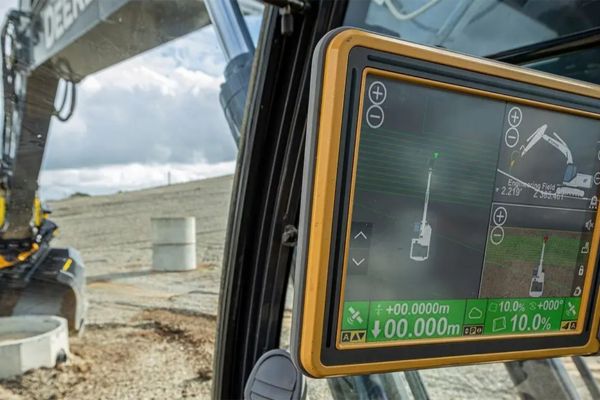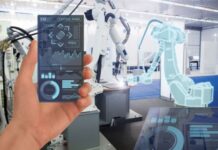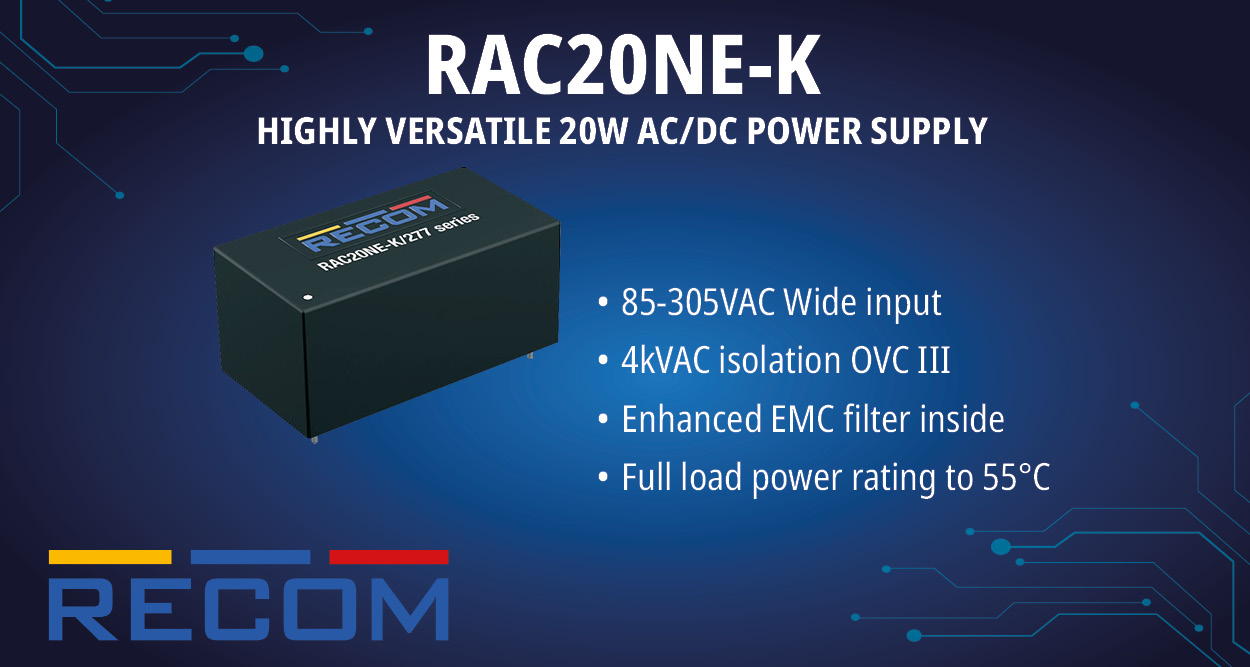In an era where precision, efficiency, and automation define the competitiveness of manufacturing operations, the role of machine control systems has evolved from peripheral support to a central strategic driver. Machine control technologies, which encompass a spectrum of hardware and software solutions are designed to regulate, monitor, and automate machine performance, and play a vital role in enabling manufacturers to achieve higher throughput, reduced downtime, and greater product consistency. This blog offers an in-depth technical analysis of the machine control market and examines the trends, technologies, and forces shaping its trajectory within modern manufacturing ecosystems.
Market Overview
The global machine control system market size is estimated to reach over USD 10,858.22 Million by 2032 from a value of USD 6,379.21 Million in 2024 and is projected to grow by USD 6,725.60 Million in 2025, growing at a CAGR of 7.5% from 2025 to 2032. This growth is driven by the increasing need for automation, Industry 4.0 adoption, and the demand for cost-effective production with minimal human intervention. From discrete manufacturing sectors such as automotive and electronics to process industries like chemical and oil & gas, the deployment of machine control systems is accelerating across the board range of industries.
Key Components of Machine Control Systems
Machine control systems typically consist of the following core elements:
Programmable Logic Controllers (PLCs): Widely adopted across industries, PLCs serve as the foundational control units. Their deterministic behavior and ruggedness make them ideal for controlling machinery in harsh industrial environments.
Human-Machine Interfaces (HMIs): HMIs bridge the gap between operators and machines, offering intuitive visualization and control capabilities that enable real-time decision-making.
Supervisory Control and Data Acquisition (SCADA): SCADA systems offer centralized monitoring and control across multiple machines and processes, often integrated with MES (Manufacturing Execution Systems) and ERP platforms.
CNC Controllers: Critical in precision machining operations, CNC controllers facilitate control of lathes, mills, grinders, and other machinery.
Drive Systems and Feedback Loops: Motion control systems incorporating servo and stepper motors, along with feedback sensors (e.g., encoders, tachometers), allow accurate positioning and speed control.
The fusion of these components, often arranged through industrial communication protocols such as EtherCAT, PROFINET, and Modbus, facilitates a responsive, flexible, and data-rich machine control environment.
Key Technology Trends Influencing the Market
Edge and Cloud Integration
Machine control systems are increasingly integrated with edge computing architectures. This shift enables real-time analytics, reduces latency, and alleviates the need for excessive cloud communication. Meanwhile, cloud-based platforms provide centralized data aggregation, machine learning model training, and cross-facility benchmarking.
Artificial intelligence (AI) and Predictive Maintenance
Artificial intelligence is being leveraged within machine control systems to detect patterns in sensor data, optimize control logic, and foresee maintenance requirements. Predictive analytics modules now monitor equipment health in real time, significantly reducing unplanned downtime and extending machine life.
Digital Twin Integration
Digital twin technology enables the simulation of machine behavior before real-world deployment. When paired with machine control systems, digital twins enable predictive performance optimization, virtual commissioning, and root-cause diagnostics with unprecedented accuracy.
Cybersecurity in Industrial Automation
As machine control systems become more interconnected, cybersecurity is no longer optional. Vendors are incorporating secure boot processes, encrypted communication channels, and intrusion detection systems to protect machine networks from malicious attacks.
Modular and Scalable Architectures
With the shift toward customized production and agile manufacturing, control systems are adopting modular architectures. Scalable control platforms enable easy expansion and reconfiguration, minimizing integration overhead and enhancing responsiveness to market demands.
Sector-Wise Adoption and Use Cases
Automotive Manufacturing: Machine control systems ensure precision welding, assembly, and painting processes, often governed by PLCs and robotic control units. Automated inspection systems using machine vision are increasingly integrated for inline quality assurance.
Electronics and Semiconductor: Ultra-fine control is essential for wafer fabrication, PCB (printed circuit board) assembly, and component placement. CNC and servo-driven systems provide the accuracy required for micron-level tolerances.
Food and Beverage: Machine control system ensures hygiene, consistency, and packaging efficiency. SCADA and HMI systems regulate temperature, fill levels, and conveyor systems in real-time.
Pharmaceuticals: Compliance with GMP (Good Manufacturing Practices) and FDA (Food and Drug Administration) regulations demands reliable machine control. Batch tracking, dosage control, and contamination prevention rely heavily on integrated control systems with strong data logging capabilities.
Construction Equipment: Advanced machine control systems are used in automated grading, drilling, and excavation, where GNSS-based guidance systems and inertial sensors play a crucial role in site accuracy and operational efficiency.
Competitive Landscape
The market is dominated by established automation vendors such as Siemens, Rockwell Automation, Mitsubishi Electric, Schneider Electric, and FANUC among others. These players offer comprehensive control platforms that integrate hardware, software, and industrial networking capabilities. However, new entrants focusing on AI-driven control logic, edge analytics, and cloud-based SCADA solutions are challenging the traditional dominance with agile, interoperable, and subscription-based models.
Open-source platforms such as OPC UA and low-code automation tools are also gaining traction, offering system integrators and OEMs greater flexibility and cost control. M&A activity in the sector is also intensifying, particularly among firms focused on software-driven machine intelligence.
Conclusion
Machine control systems are not merely operational tools, they are strategic enablers of modern manufacturing excellence. As the industrial landscape shifts toward autonomous, intelligent, and connected operations, machine control systems must evolve to be smarter, more secure, and more interoperable. For manufacturers aiming to stay competitive, investing in modern machine control systems is not just a technical upgrade, it is a business imperative.
















